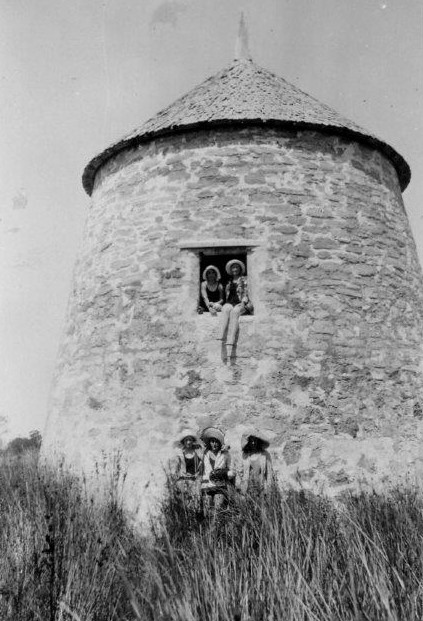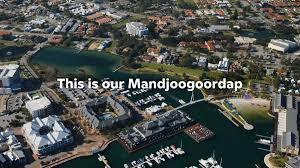Heritage
Mandjoogoordap is the Nyoongar name for Mandurah meaning Meeting Place of the Heart
In addition to conserving our local environment, we also support the protection and promotion of our local heritage. This includes:
Indigenous Heritage
Respecting Aboriginal places and objects that are significant to indigenous communities and which provide links to culture, environment and knowledge.
European Heritage
Valuing and preserving character buildings and rare structures that have cultural heritage significance, are aesthetically pleasing or have scientific value.
Heritage Trees
Many historic buildings, streetscapes and landscapes owe much of their character and charm to trees which can be significant for a number of reasons, including scientific, social, historic or aesthetic.
Maritime History
Mandurah has a rich maritime and boat-building history dating back to before the arrival of the first European settlers in 1829.
Heritage Trails
We are currently advocating for the restoration and enhancement of the Mandurah Heritage Trail.
We acknowledge First Nations Peoples as the traditional custodians of the continent and the first land carers. We recognise and learn from their unique cultural and spiritual relationships to the land, waters and seas. We pay our respects to Elders past, present and emerging.
Thank you to our partners for providing the following resources:
Bindjareb stories, projects, information and educational resources
The six Nyoongar seasons explained
Significant dates on the Aboriginal calendar
Mandurah Aboriginal cultural experiences, services & ceremonies
Aboriginal Heritage, South West Native Title Settlement and importance of local Noongar engagement
Mandurah Heritage Trails (accessible), events, exhibitions and historical fact sheets
Historical places you can visit and explore
Our local fauna, flora and waterways
Locating and registering significant trees in the City of Mandurah

Coopers Mill 1924 (Courtesy of R&L Pekin)
Some Definitions of Cultural Heritage
It includes tangible culture (such as buildings, monuments, landscapes, archive materials, books, works of art and artefacts), intangible culture (such as folklore, traditions, language and knowledge) and natural heritage (including culturally significant landscapes and biodiversity).
It consists of culture, values and traditions.
It implies a shared bond; our belonging to a community.
It comprises three elements; Fabric, Stories and Culture.
How two of our groups’ projects reflect our heritage values
The Friends of Samphire Cove Nature Reserve seek to complement the existing significant trees by restoring the reserve with local native flora.
Another feature of this reserve is the number of old wooden fence posts which formed part of the southern boundary of the Sutton family‘s extensive Halls Head property, where they grazed beef and dairy cattle.
The Canoe Trail Friends of Mandurah and Pinjarra advocate for paddling infrastructure and provide free canoe guides.
Some of these publications also feature Natural History, Human History and Heritage Sites.

The land upon which MEHG operates is on Mandjoogoordap Boodja; part of the Bindjareb Noongar Boodja and Wilman Noongar Boodja, which is part of the Noongar Nation. The Noongar Nation is one of the many different Aboriginal and Torres Strait Islander Nations in the Boodja we know as Australia. We acknowledge their 50,000 years of human existence on this Boodja and acknowledge their continuing connection to the boodja (land), the gabi (waters), the worl (sky) and kaadadjan (knowledge). We pay respect to their cultures and their Eldership – past, present and emerging.
